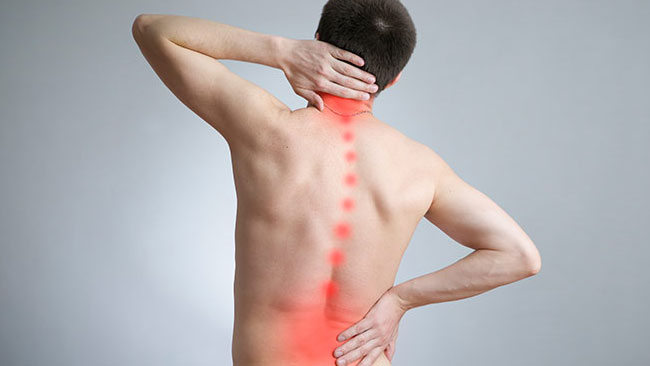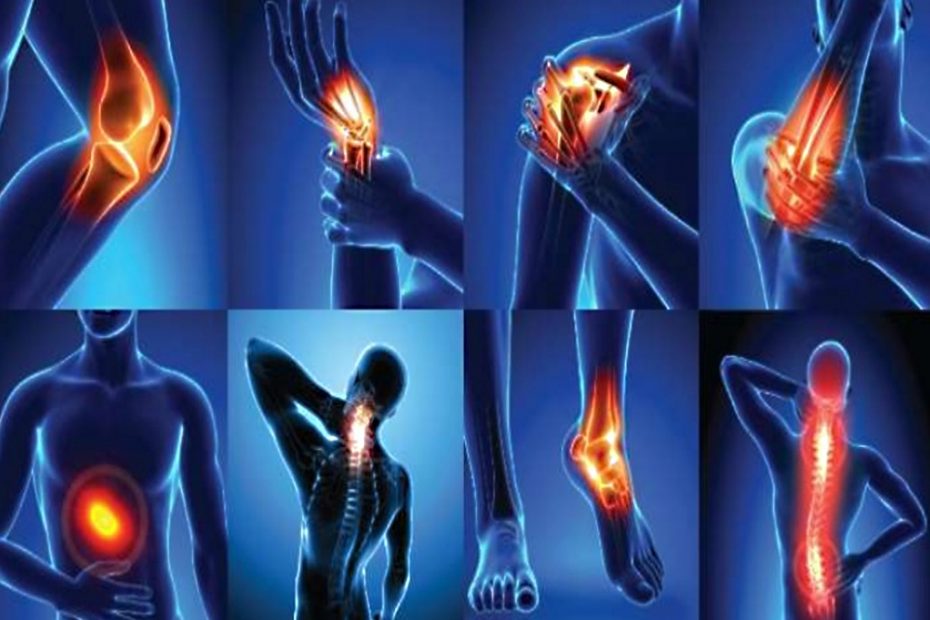
Gaurprabha Ayurveda and Panchakarma Centre – Mira Road, can provide recommendations for particular medications, Panchakarma treatments, and lifestyle adjustments to address the root causes of pain and support the health of the spine.
Here are a few typical reasons why knee discomfort occurs:
An excessive amount of body weight strains the knee joint, causing pain and discomfort.
Pain can be caused by traumatic injuries, such as those received in sports or accidents, which can harm the meniscus, ligaments, or tendons inside the knee joint.
Common forms of arthritis that can impact the knee joint are osteoarthritis, rheumatoid arthritis, and gout. Joint pain, inflammation, and cartilage degradation are brought on by these disorders.
Knee discomfort is among the joints that might be affected by certain illnesses, such chikungunya.
The body’s insufficient calcium levels can weaken bones, particularly the ones in the knee joint, increasing their sensitivity to pain and suffering.
Little sacs packed with fluid called bursae cushion the knee joint. Knee pain may result from bursitis, an inflammation of the bursae.
Running and jumping are two examples of activities that might cause knee joint pain since they require overusing the joint or repetitive knee movements.
Because pregnancy puts more strain on the joints, having several pregnancies and delivery can significantly aggravate knee joint pain.
To manage knee joint pain, various approaches can be employed, including:

Applying topical lotions or ointments, like janulepa or snehan, to the knee joint can help reduce pain and strengthen the joint.
In order to relieve pain and preserve joint health, an Ayurvedic treatment involves applying a reservoir of heated medicinal oil to the knee joint.
Warm herbal boluses are applied to the injured knee joint as part of the Leech therapy (Jalaukavacharan), which helps to balance the doshas, strengthen the muscles, and lessen discomfort.
Pain management and inflammation reduction may require the prescription of painkillers.
To balance the body’s doshas and support joint health, an Ayurvedic detoxification and rejuvenation treatment called panchakarma may be suggested.
In certain Ayurvedic treatments, leeches are utilised to increase blood circulation and lessen joint discomfort.
It’s critical to speak with a licenced healthcare provider, such as an Ayurvedic physician, in order to obtain a precise diagnosis and customised treatment for knee joint discomfort.
But living a sedentary lifestyle can cause a number of problems, especially with the spine. With 33 pairs of nerves that emerge from the spinal cord, the spine is an essential organ in the human body.
Extended periods of sitting, inactivity, and heavy job load can cause back muscle spasms and associated symptoms such back pain, neck pain, and muscle spasms. To live a healthy life, the spinal column needs to be taken very seriously.

Ayurvedic medicine states that neck discomfort can be caused by a variety of illnesses, including muscular pulls, spasms, cervical spondylosis (osteoarthritic abnormalities in the cervical vertebrae), and even recurring acidity and stomach issues. Ayurvedic medications are intended to alleviate discomfort, preserve cervical flexibility, lessen spasms in the muscles, and support the health of the vertebrae in the neck. Nasya, Pindaswed, Patra-potali, and Manya basti are a few examples of panchakarma treatments that can help with neck pain.
Although middle-aged people do not experience upper back discomfort as often, youngsters and older adults who have worn out their vertebrae owing to heavy school bags and wear and tear are more likely to experience it. Pathologies affecting the vertebrae, such as tubercular infections or mechanical shock from accidents, may be linked to this pain. Medications from Ayurveda that affect majja-dhatu (marrow tissue) and asthi-dhatu (bone tissue) can support the health of the vertebrae. It is also advised to use panchakarma treatments as Pindaswed, Basti, and Spine Basta (Prusthbasti).
Lumbar spondylosis, which affects the L1–L5 vertebrae in charge of weight transmission, is the most prevalent cause of back discomfort. Space-occupying lesions in the lumbar region, spondylitis, muscle spasms, and lumbar spondylolisthesis are further reasons. Intestinal issues such as amoebiasis, IBS, and recurrent acidity can also be contributing factors to low back discomfort. Prescriptions are made for Ayurvedic medications that enhance digestion, reduce nerve strain, and ease muscle spasms. Treatments from the Panchakarma system, like Agnikarma, Patrapottali, Kati-Basti, and Basti, have potential benefits.
Sciatic pain can result from intervertebral disc protrusion in the lumbar region, and Agnikarma can quickly relieve spondylosis pain and spasms in the muscles.
It’s crucial to speak with an Ayurvedic doctor in order to obtain an accurate diagnosis and a customised treatment plan for spine care. They can provide recommendations for particular medications, Panchakarma treatments, and lifestyle adjustments to address the root causes of pain and support the health of the spine.
Discover Your Path to Wellness: Free Ayurvedic Consultation. Our experienced doctor offers personalized guidance for optimal health and balance. Book now to embark on a journey of holistic well-being.
Thank you for visiting Gaurprabha Ayurveda and Panchakarma Centre, Mira Road.
We provide comprehensive solutions to assist you in reaching your best possible health and well-being. Using traditional Indian knowledge and techniques as a basis, our skilled Ayurvedic physician, Dr Priyanka Jadhav Methe, offers individualised care to target the underlying causes of your health issues.
Website Engineered with ❤️ by GigaWebZone